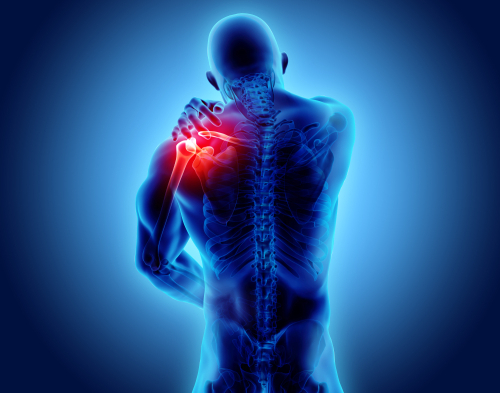Rotator cuff problems? Here’s what you need to know.
You may have felt it before: that throbbing pain in the shoulder. When? How? And, more commonly, how do I get rid of it?
Your shoulders are one of the most frequently-moved joints in the body. An individual’s shoulder joints are unique because they are comprised of its ball-and-socket structure, made up of the scapula bone, the clavicle bone, and the humerus.
The shoulder joint is one of our body’s most versatile because of its purpose to move the arms up, down, and away from the body. However, the group of muscles and tendons that enable our shoulders to move so freely are known as the rotator cuff.
How did I injure my rotator cuff?
While the causes behind a rotator cuff injury vary, this sort of injury is very common. Rotator cuff injuries tend to occur due to the fact that the tendons within this region are forced to move within a very tight space. When said tendons rub against bone, this friction is generally what leads to injury.
The three main types of rotator cuff injury are the following: rotator cuff tendonitis, bursitis in the shoulder, and a tear to the rotator cuff. Rotator cuff tendonitis happens when one specific tendon is inflamed, and is usually during a specific movement in one direction. Shoulder bursitis is when pain and inflammation are present within the fluid that helps to lubricate the rotator cuff. This is different from rotator cuff tendonitis because pain can occur when moving the shoulder in any direction, as opposed to one single, specific movement.
Finally, a rotator cuff tear happens when the tendons are eventually so weak from inflammation that the tendon actually tears.
How can I treat an injury to my rotator cuff?
Physical therapy is the most common, as well as a very effective, method of treating injuries to the rotator cuff. With the help of physical therapy, movement and flexibility within the shoulder can be regained and treated.
Physical therapists can then apply a specific plan of action in terms of treating the individual, depending on the severity of a rotator cuff injury. A physical therapist can also assess whether the pain is in fact coming from the rotator cuff, or the underlying issue is located elsewhere in the individual’s body, such as the neck.
Before beginning any new physical therapy regimen, it is important you consult with your physician or specialist. If you would like to learn more about Theramotion’s work with patients please contact us at 718-279-9800. Additionally, you can fill out contact information on our Contact Us page and we will get back to you.

